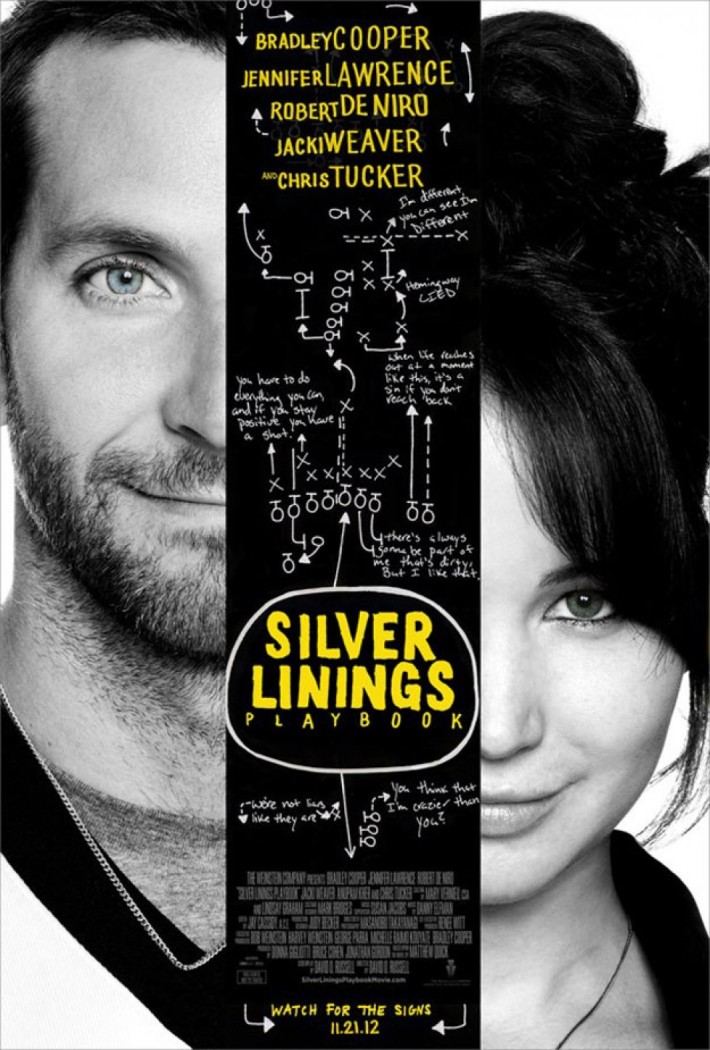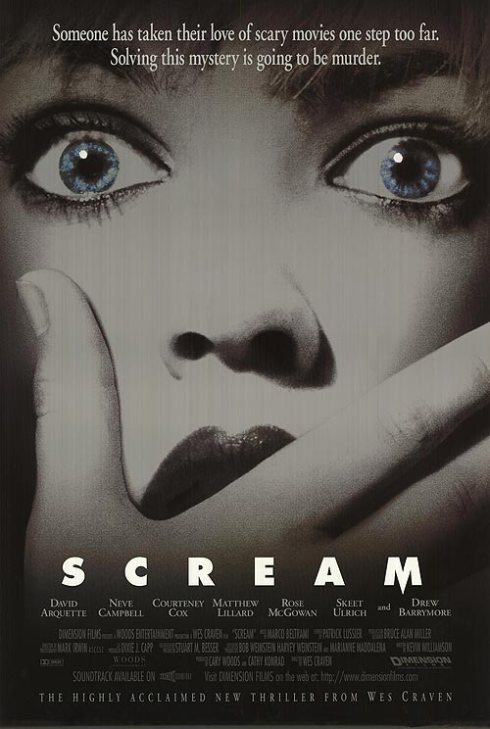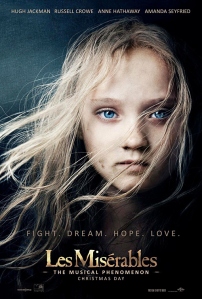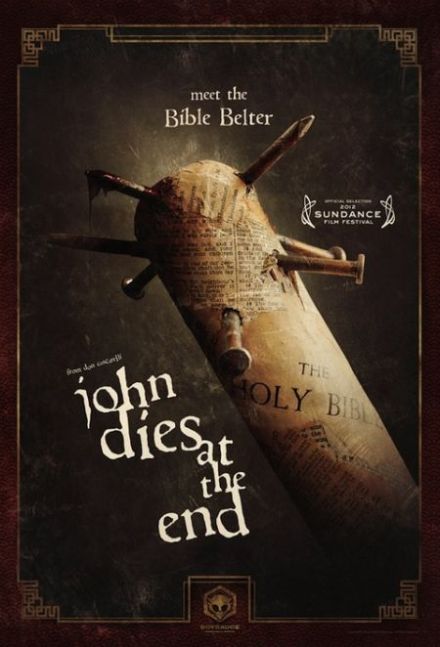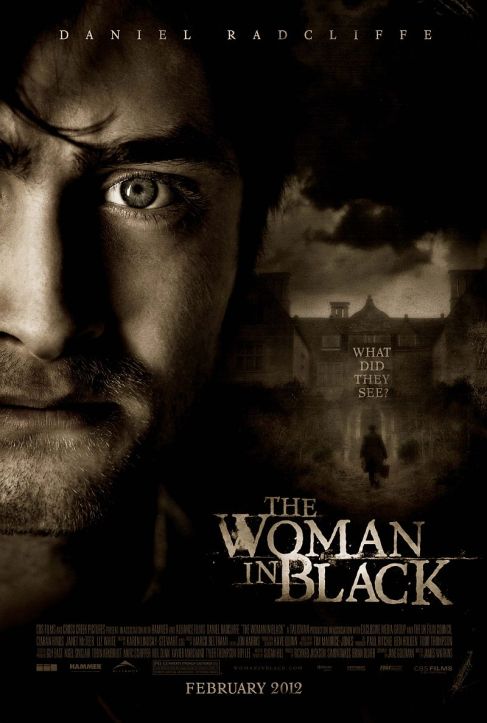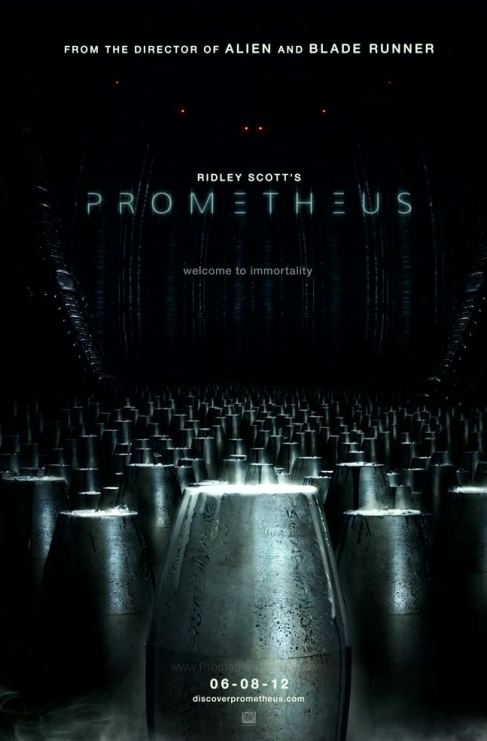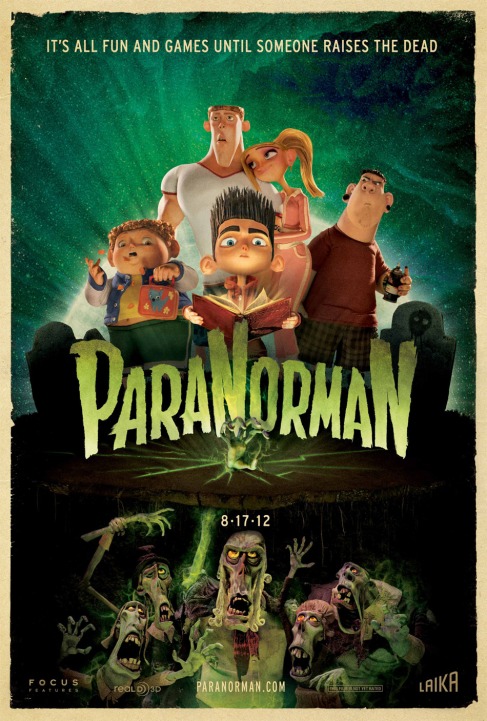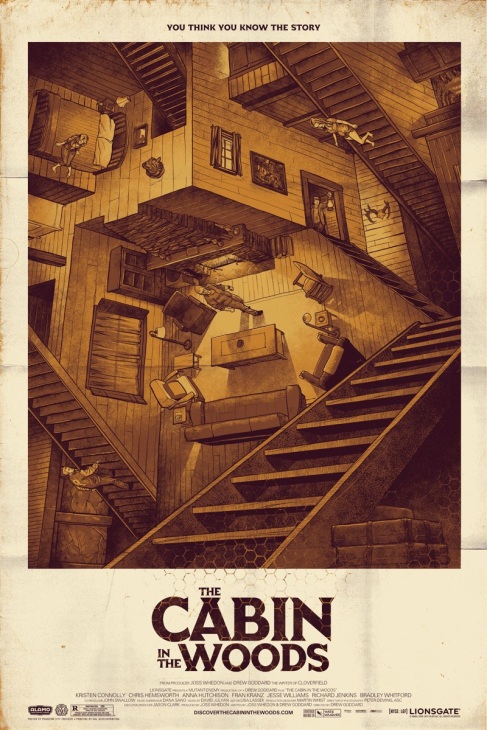Well kiddies, the academy awards are just around the bend and as time progresses closer and closer to the dreaded dance of awkward dresses and even more awkward acceptance speeches, I’m hard pressed to catch up with this year’s expansive list of Best Picture Nominees. In fact, I still have a greater to-see list than have-seen, but today, I was graced with a post “All About Steve” Bradley Cooper and post “House at the End of the Street” Jennifer Lawrence in a case of redemption so strong it worked. SLP is the least sappy feel-good movie I’ve ever seen and for that accomplishment alone earns some stars. Read on to find out more.
Script
If we’re looking at a good shot at the best adapted screenplay category, Silver Linings Playbook is hard from one in the dark. The dialogue is threshold real, taught with an unforgiving morale and toothy sense of comedy so sharp it bites through the screen. It tells the story of Pat (Cooper), a mentally ill man who struggles balancing his quest for reunion with his wife (after a bloody beat-up session of her suitor) and building back a solid relationship with society. Along the way, he faces his family’s stressful co-existence with himself and an even more demanding kinda-friendship with Tiffany (Lawrence). The soulfulness in the writing keeps the story tactful and on time with expertly set up jokes, which are simultaneously pleasing and helpful of the plot. While rich gags of football inspired irony and the whole situation of Pat’s inability to keep something inappropriate from popping out keep a solid, toned pace, there’s dramatic layers that demand quite a lot from the viewer. Darkness over the story’s otherwise joyous plot is delectably overbearing and keeps the whole film on its toes. It’s functional, funny and incredibly engaging.
8/10
Performances
Playbook is a challenging marvel. Purely from the script alone, characters are given confusing motivations and a demand for understated power. If anyone in this film was to overact, it would be all too grown worthy, but instead of flopping around like acting-deficient salmon, we see a true performance overhaul worthy of note. It starts with poster head leads, Jennifer Lawrence (The Hunger Games, Winter’s Bone) and Bradley Coooper (there’s not much good in his cinematic line). The duo is respectful of the intricate and fragile nature of Playbook’s subject matter but manage to charge forward with lovable characteristics and subtly that leaves the harsh climaxes of the story even more hard when they hit. The same goes for Robert De Niro, who is so compelling with his work that it nearly steals the show. While being a hard backed football fan, he can cry and struggle maintaining relationships, all believably. The tightrope of emotional validity and chewing the set can be a careful one and his confident performance strides forward with powerful range. Lastly, a deserving nod is awarded to the humble Jacki Weaver, a warm but far from overplayed powerhouse that even in her brisk role takes challenge to the rest of the cast.
9/10
Visuals
In a romantic comedy feature as I expected upon entrance, the last thing I’d praise is the direction, but in the midst of Silver Linings I quickly discovered that the film was anything but. Besides a marvelous screenplay, the film boasts more cinematic depth in its visuals which took me quite by surprise. In the film’s first quarter, framing Pat in his hospita, the filmmaking is rough and brash and completely representative of the characters’ mindsets. It’s a great move and really shoves the audience into the experience more closely. On that note, the coloring is astounding, from a beautiful pink dance studio to the dramatic blues of a ballroom, the whole film matches tone effortlessly with gorgeous shots of the nicely palliated set of the world. The camera is simply put, wonderful; both simplistic and expletive of emotions, it speaks volumes while never once uttering a word. It’s nothing like Moonrise Kingdom, but it works in synchronization with the characters so smoothly that it creates a character out of the audience.
9/`10
Overall:
9/`10
Silver Linings Playbook works because of a realistic script matched with devilish performances from a cast that seem to not only drive the work, but become it, and matched with good direction, we’re met with the first poignantly touching film in ages. One that doesn’t sacrifice smarts for feel-good sake, either.
